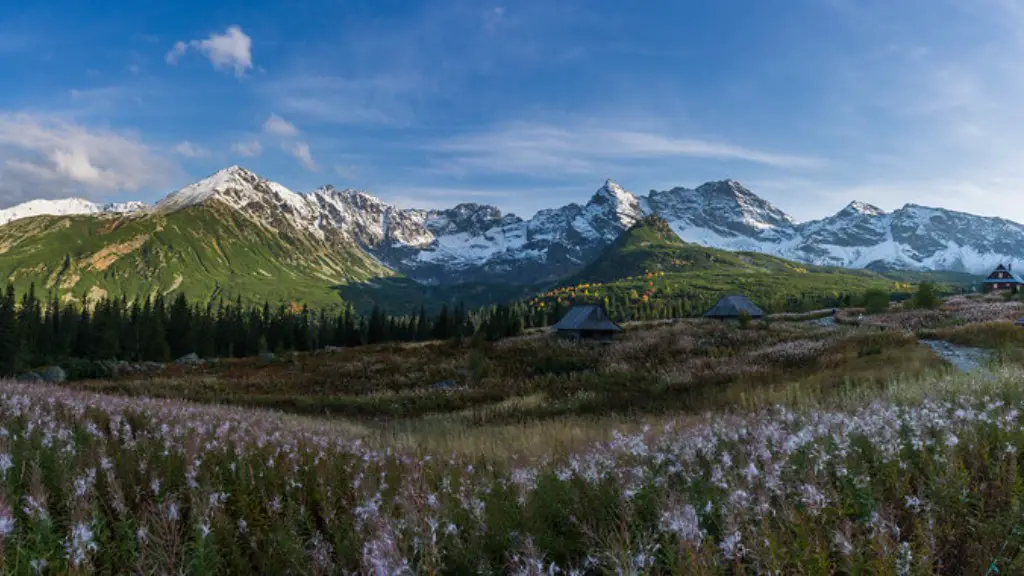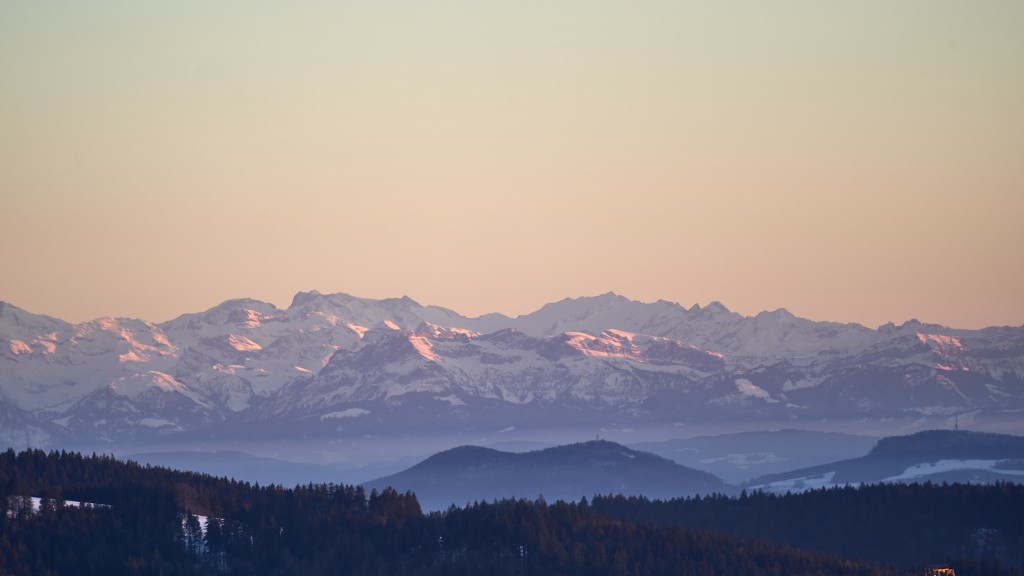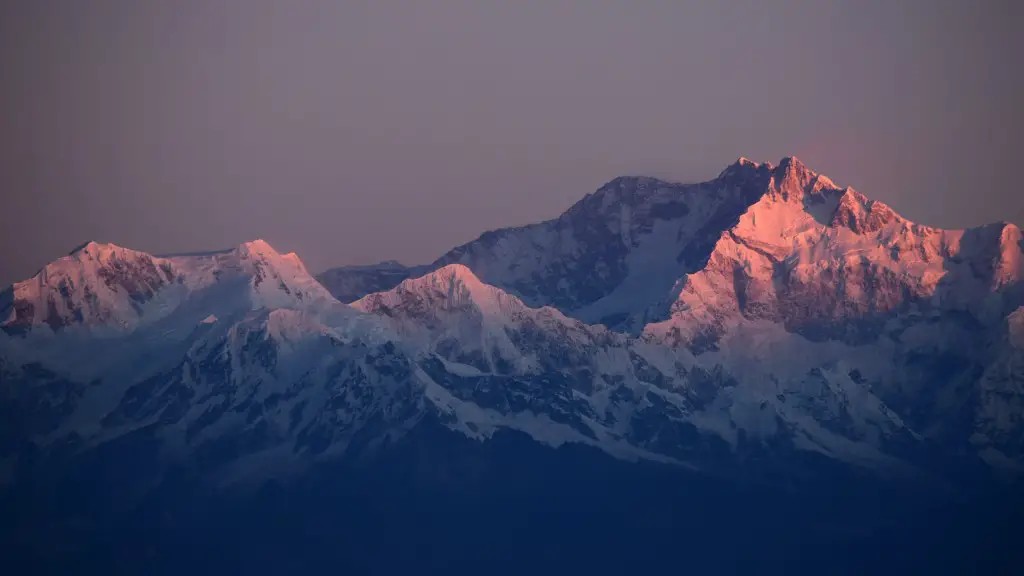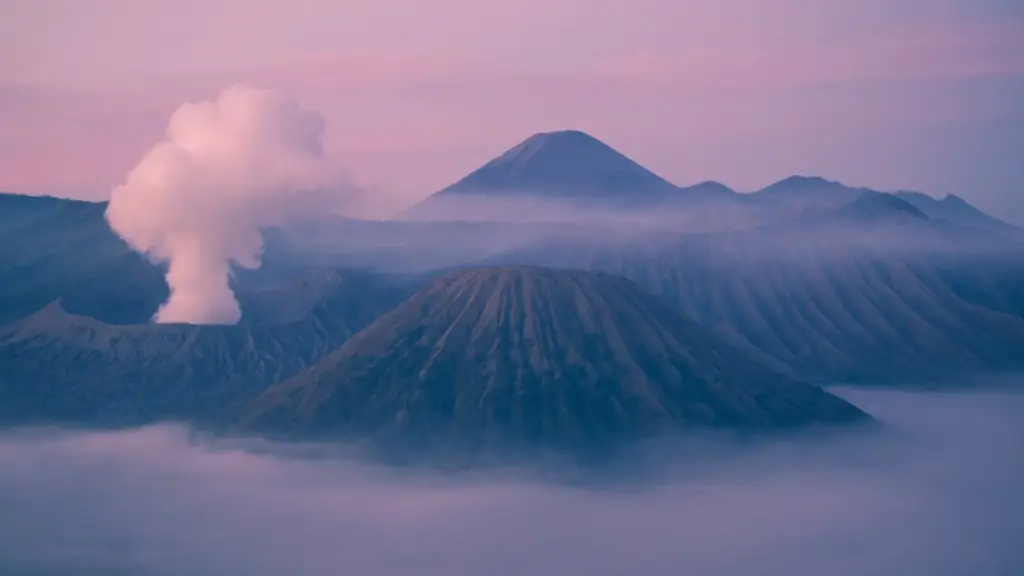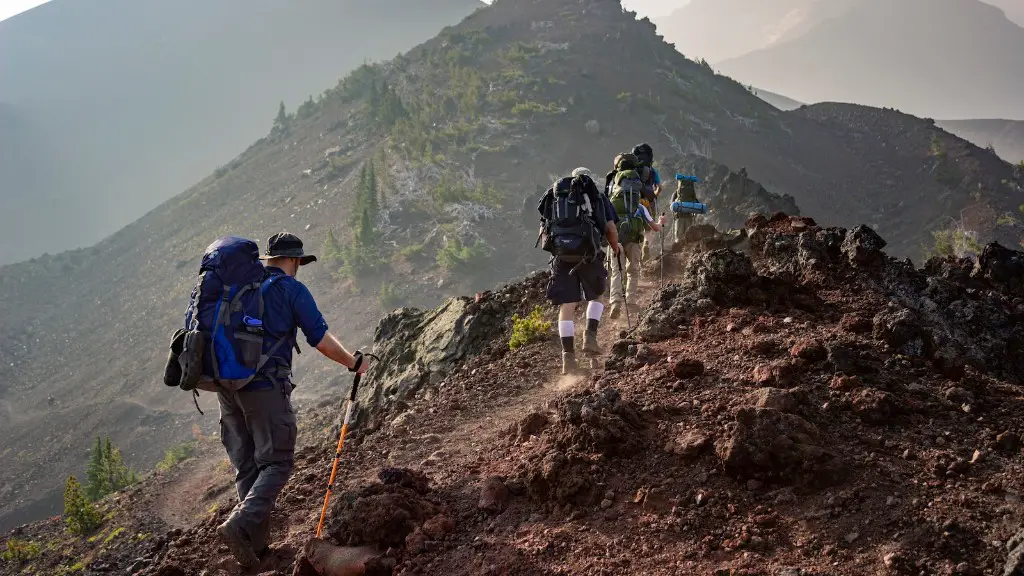Climbing Mount Fuji is an experience that is unlike any other. There is something so unique and special about this mountain that attracts climbers from all over the world. The mountain itself is beautiful, and the views from the summit are incredible. Climbing Mount Fuji is also a challenge, and it is something that will tests your physical and mental endurance. If you are thinking about climbing Mount Fuji, then you should definitely read this guide. It will give you all the information you need to know about where to climb Mount Fuji, what to expect, and how to prepare for your climb.
There are four main climbing routes up Mt. Fuji: the Yoshida Route, the Subashiri Route, the Gotemba Route, and the Fujinomiya Route. The Yoshida Route is the most popular route and begins at theFujiyoshida Sengen Shrine. TheSubashiri Route starts at theSubashiri 5th Station, and theGotemba Route starts at theGotemba New Line 6th Station. The Fujinomiya Route is the shortest climbing route, and begins at the Fujinomiya 5th Station.
Where should I start climbing Mt. Fuji?
The Yoshida Trail is the most popular base for the climb to the summit of Mount Fuji, and the most easily accessible 5th Station from the Fuji Five Lake region and central Tokyo. Lots of mountain huts line the trail around the 7th and 8th stations, and there are separate trails for the ascent and descent.
Mount Fuji is a beginner-friendly mountain, known for its easy trails. The Yoshida trail is the easiest of the four possible trails, making it a great choice for first-time hikers.
How much does it cost to climb Mt. Fuji
Though Mount Fuji was once free to climb, the donation-based entrance has since turned into a mandatory fee in order to help protect and maintain the trails. The climbing pass now costs around ¥1,000 – less than $10. Buses from Kawaguchiko train station to the 5th Station cost 1,500 Yen one-way (Around $11).
Climbing Mount Fuji is a popular challenge for many people, and it is definitely possible to reach the summit if you are in good physical condition. However, there are a few sections of the climb that can be quite challenging, with steep and rocky areas. The main difficulty comes from the altitude, which can cause problems for climbers who are not used to such heights. If you are planning to attempt Mount Fuji, be sure to take the necessary precautions and be prepared for the challenges that you may face.
Can you climb Mt. Fuji in one day?
The Mount Fuji climbing season is from 1 July to 14 September. You can take a direct bus from Shinjuku to about halfway up Mount Fuji and climb to the summit from there. You can climb in one day if you’re fit. But it’s better to spend a night in a mountain hut on the mountain (or just climb through the night).
To prepare for an ascent of Mt. Fuji, it is important to focus on building the physical capabilities necessary to climb up to 1,500 meters (5,000 ft) of elevation while carrying 7-10 kilos (15-20 lbs) of gear. This can be accomplished by training on similar slopes with a steepness of up to 40 degrees.
How long does it take to walk up Mt. Fuji?
Mt. Fuji is a popular destination for climbers from all over the world. The mountain is located in Japan and is the tallest mountain in the country. The climb to the summit of Mt. Fuji can take anywhere from 5-10 hours, depending on the trail that is chosen. The majority of climbers begin their ascent from the Subaru Line 5th station, which is on average a 5-6 hour climb to the summit. Regardless of the time it takes to reach the top, the views from the summit are sure to be breathtaking.
Mountain climbing in winter can be very dangerous due to the severe cold temperatures and the accumulation of snow at higher altitudes. Fuji are particularly prone to severe weather conditions in winter, with temperatures at the summit sometimes dropping as low as -20ºC in January. Snowfall also begins as early as December on Mt Fuji, which can make conditions very difficult for climbers.
Do you need gear to climb Mt. Fuji
When climbing Mt. Fuji, it is important to be prepared for all weather conditions. You should carry rainwear, cold protection, a head lamp, and a map with you at all times. Before departure, it is also wise to check your equipment to make sure everything is in working order. By taking these precautions, you will be able to better handle any sudden changes in weather or delays that may occur while climbing.
If seeing Mount Fuji is one of your main goals when visiting Japan, plan your travel dates around December and January to get the best views of the mountain. At this time of year, the mountain is less likely to be obstructed by clouds.
What months can you climb Mt. Fuji?
The climbing season for Mt. Fuji is from early July to early September. In other periods and during the snow season, climbing Mt. Fuji is prohibited.
If you’re planning to climb to a high altitude, it’s important to be aware of the risks of altitude sickness. Most people can safely climb with no ill effects, but it’s important to take things slowly and be aware of your body’s limits. Some people simply can’t adjust to higher elevation, and altitude sickness can be deadly. So be sure to listen to your body and descend to a lower altitude if you start to feel ill.
How much is the bullet train from Tokyo to Mount Fuji
AJR Pass holders can ride the JR train for free. For those without a JR Pass, a one-way ticket costs 2,250 yen (unreserved seat), or 2,970 yen (reserved seat).
In order to train for MtHiking, you should aim to hike up to 10 miles per week with 1000-1400 meters or 3-5000 feet of elevation gain. The actual climb elevation gain is 1472 meters or 4824 feet, so this will give you a good idea of the level of difficulty you will be facing. In addition, you should do a sustained aerobic workout on a stair-master or bike for 60 minutes, and run or jog 3-5 miles per week. By following this training plan, you will be well prepared to take on the challenge of MtHiking.
What is the best month to go to Japan?
The best time to visit Japan is generally considered to be in the springtime, when the weather is milder and the flowers are in bloom. However, if you are looking for quieter travel and fewer crowds, visiting in June can be a good option. The weather can be more humid and wet at this time of year, but temperatures are still comfortable, with an average high of around 25°C (78°F) in Tokyo. Public holidays are often fewer in June, making it easier to get around and explore without the usual tourist crowds.
Mt. Fuji, located on the island of Honshu in Japan, is the highest mountain in the country. The last time Mt. Fuji erupted was in 1707, and since then it has been in a state of dormancy. However, recent activity has been detected and scientists are now saying that Mt. Fuji is in a “standby phase.” This means that an eruption is possible, although it is not imminent. There is no need to panic, as an eruption would not be expected to happen for several years, and even then it would likely be small. However, it is important to be aware of the potential for an eruption and to take precautions if one does occur.
Warp Up
The best place to climb Mount Fuji is from the Fifth Station.
Assuming you would like a conclusion for an essay on the preceding topic, one potential conclusion could be as follows: Climbing Mount Fuji is a popular activity for tourists in Japan. However, before undertaking the climb, it is important to be aware of the potential risks involved. These risks can be minimized by being properly prepared and by following the guidance of experienced climbers.
